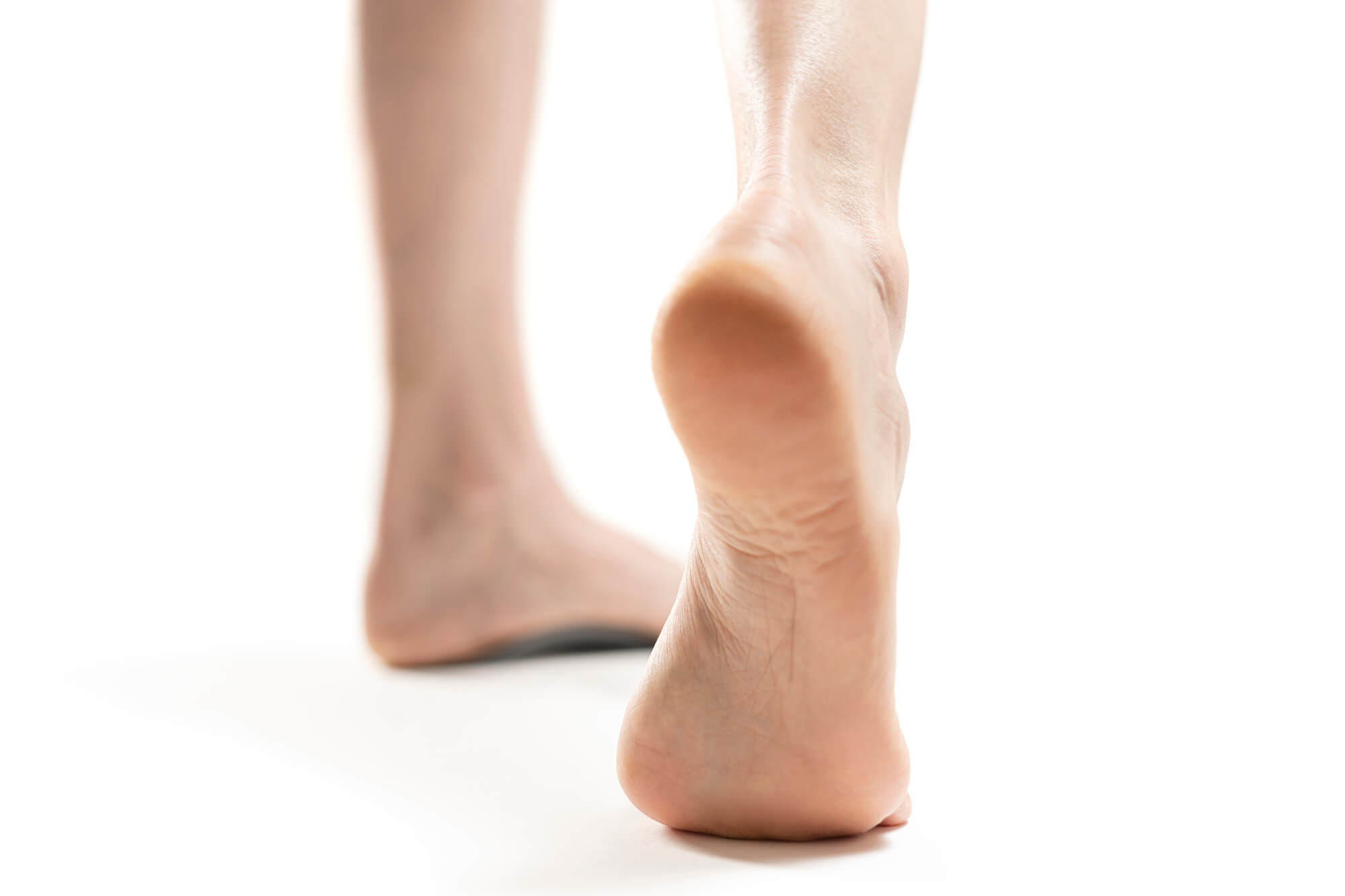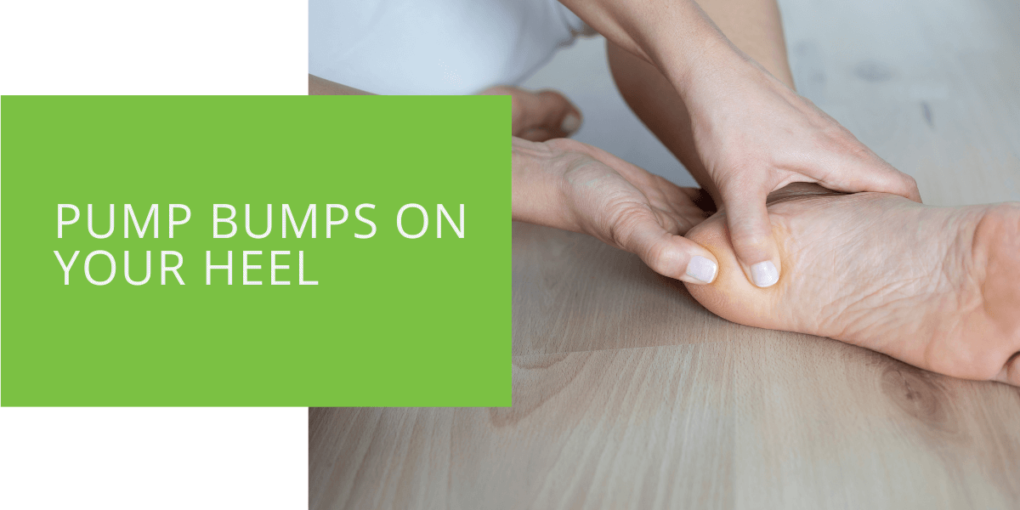Understanding Pump Bumps on Your Heel
Do you find it difficult to walk or run due to a painful bump on the back of your heel? If so, you may be dealing with a pump bump. This condition can cause discomfort and limit mobility, making it important to seek expert guidance for effective treatment. Fortunately, we have prepared a comprehensive guide that provides all the essential information about pump bumps, their causes, symptoms, and treatments.
In this guide, you will discover the best ways to alleviate the pain and discomfort caused by pump bumps, as recommended by qualified podiatrists. You will also learn about the different treatment options, including non-surgical and surgical procedures, and how to choose the right one for your specific condition. We aim to help you make an informed decision about the best course of action to take so that you can return to your daily activities without any limitations.
Do you find it difficult to walk or run due to a painful bump on the back of your heel? If so, you may be dealing with a pump bump. This condition can cause discomfort and limit mobility, making it important to seek expert guidance for effective treatment. Fortunately, we have prepared a comprehensive guide that provides all the essential information about pump bumps, their causes, symptoms, and treatments.
In this guide, you will discover the best ways to alleviate the pain and discomfort caused by pump bumps, as recommended by qualified podiatrists. You will also learn about the different treatment options, including non-surgical and surgical procedures, and how to choose the right one for your specific condition. We aim to help you make an informed decision about the best course of action to take so that you can return to your daily activities without any limitations.
Key Takeaways
- Pump bumps, also known as "bumps on the back of the heel," are bony protrusions that can cause pain and discomfort, often exacerbated by high heels and tight Achilles tendons.
- Recognizing the symptoms, seeking professional diagnosis by a podiatrist, and considering personalized treatment options, whether nonsurgical or surgical, are crucial steps in managing pump bumps effectively.
- Podiatrists play a vital role in diagnosing and treating pump bumps, offering expert guidance and customized treatment plans to alleviate heel pain and discomfort.
What Are Pump Bumps?
Pump bumps, or "bumps on the back of the heel," are small, often bony outgrowths that typically develop on the heel bone. These outgrowths can be quite uncomfortable, causing pain and hindrance in your daily activities. One of the primary reasons for their development is the prolonged use of high-heeled shoes, which can lead to chronic irritation and inflammation of the area.
Common Symptoms
Recognizing the symptoms of pump bumps is crucial for early diagnosis and effective treatment. These symptoms may include:
- Pain: Persistent and sometimes sharp pain at the back of the heel, often worsened by pressure or wearing tight shoes.
- Swelling: Inflammation around the bump, causing visible swelling and discomfort.
- Redness: Discoloration due to irritation can be a sign of inflammation.
- Tenderness: Sensitivity when pressure is applied to the bump or the surrounding area.
- Bursitis: In some cases, the development of a bursa sac, a small fluid-filled sac, in response to ongoing friction and irritation, leading to additional discomfort.
Diagnosis and Examination
If you suspect you have a pump bump, it's essential to seek a professional diagnosis and examination by a podiatrist. Podiatrists assess heel conditions and can differentiate between pump bumps and other issues like heel spurs. The diagnostic process often involves:
- Physical Examination: A thorough evaluation of the affected heel, including assessing for tenderness, swelling, and any visible changes.
- X-rays: Imaging studies to confirm the bump's presence and severity and rule out other underlying conditions.
Causes and Risk Factors
Understanding what leads to pump bumps is essential in preventing their occurrence. The primary causes and risk factors include:
- High Heels: Prolonged use of high-heeled shoes can place excessive pressure on the back of the heel, leading to chronic irritation.
- Tight Achilles Tendon: A tight Achilles tendon attaches to the heel bone, making it more susceptible to irritation when subjected to the repeated stress of high heels.
- Rubbing: Friction between the shoe and the heel can lead to the development of pump bumps. This constant rubbing can create a cycle of irritation and inflammation.

The Impact on Foot and Ankle Health
Ignoring pump bumps can significantly impact your overall foot and ankle health. These bumps can alter your gait, causing you to compensate for the discomfort by changing how you walk. This, in turn, can lead to:
- Achilles Tendon Issues: Altered gait and prolonged irritation can affect the Achilles tendon, potentially leading to Achilles tendinitis or other related conditions.
- Chronic Pain: Untreated pump bumps may progress and cause chronic pain, further hindering mobility and daily activities.
In the next section, we'll explore treatment options for nonsurgical and surgical pump bumps to help you find relief from this condition.
Nonsurgical Treatment Options
The good news is that many pump bump cases can be effectively managed without surgery. Nonsurgical treatment options aim to alleviate pain, reduce inflammation, and address the underlying causes of the condition. Some of these options include:
- Orthotic Devices: Podiatrists can create custom-made shoe inserts (orthotics) designed to redistribute pressure away from the bump, providing cushioning and support to the affected area. These orthotic devices can significantly reduce discomfort and allow the bump to heal gradually.
- Physical Therapy: Physical therapists with expertise in foot and ankle conditions can recommend exercises and stretches tailored to strengthen and stretch the Achilles tendon and calf muscles. A more flexible and balanced Achilles tendon can reduce the stress on the bump.
- Anti-inflammatory Medications: Nonsteroidal anti-inflammatory drugs (NSAIDs) may be prescribed to manage pain and reduce inflammation associated with pump bumps. These medications can provide temporary relief while other treatment methods take effect.
- Footwear Modifications: Making wise choices in footwear is crucial. Podiatrists often advise patients to switch shoes with lower heels and better arch support. Properly cushioned shoes with a wider toe box can minimize friction and pressure on the bump, allowing it to heal over time.

When Surgical Intervention Is Necessary
While nonsurgical methods are often effective, there are instances where surgical intervention may be the most appropriate course of action. Surgery may be considered when:
- Nonsurgical Treatments Fail: Surgery may become necessary if conservative treatments do not provide relief or if the condition worsens despite efforts.
- Severe Pain and Discomfort Persist: When the pain and discomfort associated with the pump bump become severe and significantly impact your quality of life, surgical intervention may be the best option for long-term relief.
Surgical procedures for pump bumps typically aim to:
- Remove the Bump: In a procedure known as excision, the pump bump is surgically removed, relieving pain and restoring a smoother surface to the heel bone.
- Correct Structural Issues: Corrective osteotomy may be performed if the pump bump has led to structural abnormalities in the heel. This procedure involves adjusting the alignment of the heel bone to reduce pressure on the Achilles tendon and surrounding tissues.
It's essential to discuss the potential risks, benefits and expected recovery time with your podiatrist when considering surgical options.
Podiatrist's Role in Pump Bump Management
Podiatrists play a pivotal role in the diagnosis and treatment of pump bumps. Their expertise ensures a tailored treatment plan, addressing each patient's specific needs. Whether you opt for nonsurgical or surgical solutions, a podiatrist can guide you through the process, offering:
- Expert Diagnosis: Podiatrists have specialized training and experience in diagnosing and differentiating heel conditions, ensuring an accurate assessment of your condition.
- Personalized Treatment Plans: Your podiatrist will work closely with you to develop a customized treatment plan that suits your unique needs, considering the severity of your pump bump and your lifestyle.
Conclusion
Pump bumps on your heel can be a source of persistent pain and discomfort, often exacerbated by wearing high-heeled shoes and tight Achilles tendons. Recognizing the symptoms, seeking a professional diagnosis, and considering your treatment options are essential steps in addressing this condition. Our team of expert podiatrists is here to help you find the most suitable approach to alleviate your heel pain and discomfort.
Don't let pump bumps on your heel hinder your lifestyle any longer. Schedule an appointment with our experienced podiatrists today. We'll provide personalized guidance and treatment options to ensure your heel health is in the best hands. Say goodbye to heel pain and hello to comfort and mobility! Your journey to pain-free heels begins with us.

